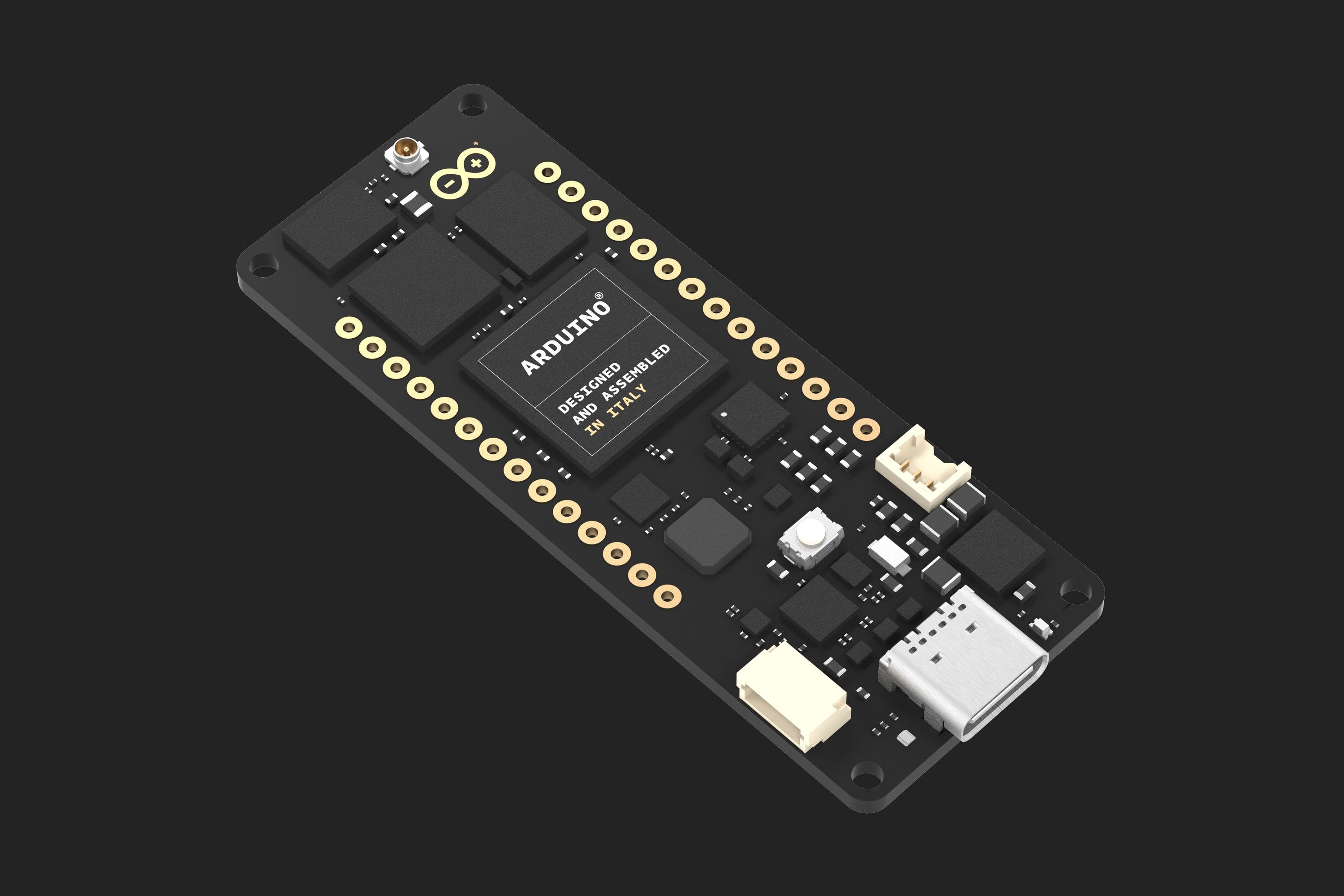Arduino Releasing Small but Powerful Portenta H7 Module for Low-Power Projects
Arduino CEO says individual makers could use the modules for robotics, 3D printing and more.
Arduino introduced at CES today the Portenta H7 with dual-core Arm Cortex-M7 and Cortex-M4 processors. It targets applications that require a decent amount of computing power but have tight power constraints. While initially targeting small businesses’ Internet of Things (IoT) projects, Arduino CEO Fabio Violante said he sees individual tech enthusiasts tinkering with it too.
Part of that is because at $49.99-$99.99 when it debuts the February, the Portenta H7 will be as affordable and simple to use, Violante claimed, as the rest of the Arduino family.
“Portenta H7 is directly compatible with most Arduino libraries and offers new features that will benefit makers, such as DisplayPort out, fast multi-channel ADC and high-speed timers. With so much horsepower it's easy to imagine applications for robotics, vision, drones, CNC/3D printing et cetera,” Violante told Tom’s Hardware.
The Portenta H7 is said to be low-power with its Cortex-M7 running at a clock speed of 480 MHz and the Cortex-M4 at 240 MHz at -40 to 85 degrees Celsius (-40 to 185 degrees Fahrenheit). Arduino wasn't yet ready to share exact measurements.
“Cortex M7 has more computational power of most Linux-based processors of just a few years ago, but it still consumes less than some other microcontrollers. At the same time, the Cortex-M4 can be used to further reduce power consumption and run additional tasks without the complexity of multitasking OSes,” he said.
Users can run Arduino code, as well as Python, Javascript and Tensorflow Lite. Arduino announced the module alongside its IoT application development platform, all in an effort to help small businesses make and deploy custom IoT products.
Arduino plans to expand the Portenta family with more products designed to offer scalable computing with complex technologies in a small footprint.
Get Tom's Hardware's best news and in-depth reviews, straight to your inbox.
“The same footprint allows swapping modules that range from high-performance Cortex M with traditional peripherals to Cortex A application processors with PCIe, USB 3, DisplayPort, et cetera,” Violante explained. “The high number of pins in a small footprint allows reducing the size of the final application, allowing miniaturization while still preserving robustness and signal integrity,”
The CEO said more news about the product launch would come in late February at the Embedded World conference in Germany.
The Protenta H7 is currently available to beta customers here.

Scharon Harding has over a decade of experience reporting on technology with a special affinity for gaming peripherals (especially monitors), laptops, and virtual reality. Previously, she covered business technology, including hardware, software, cyber security, cloud, and other IT happenings, at Channelnomics, with bylines at CRN UK.
